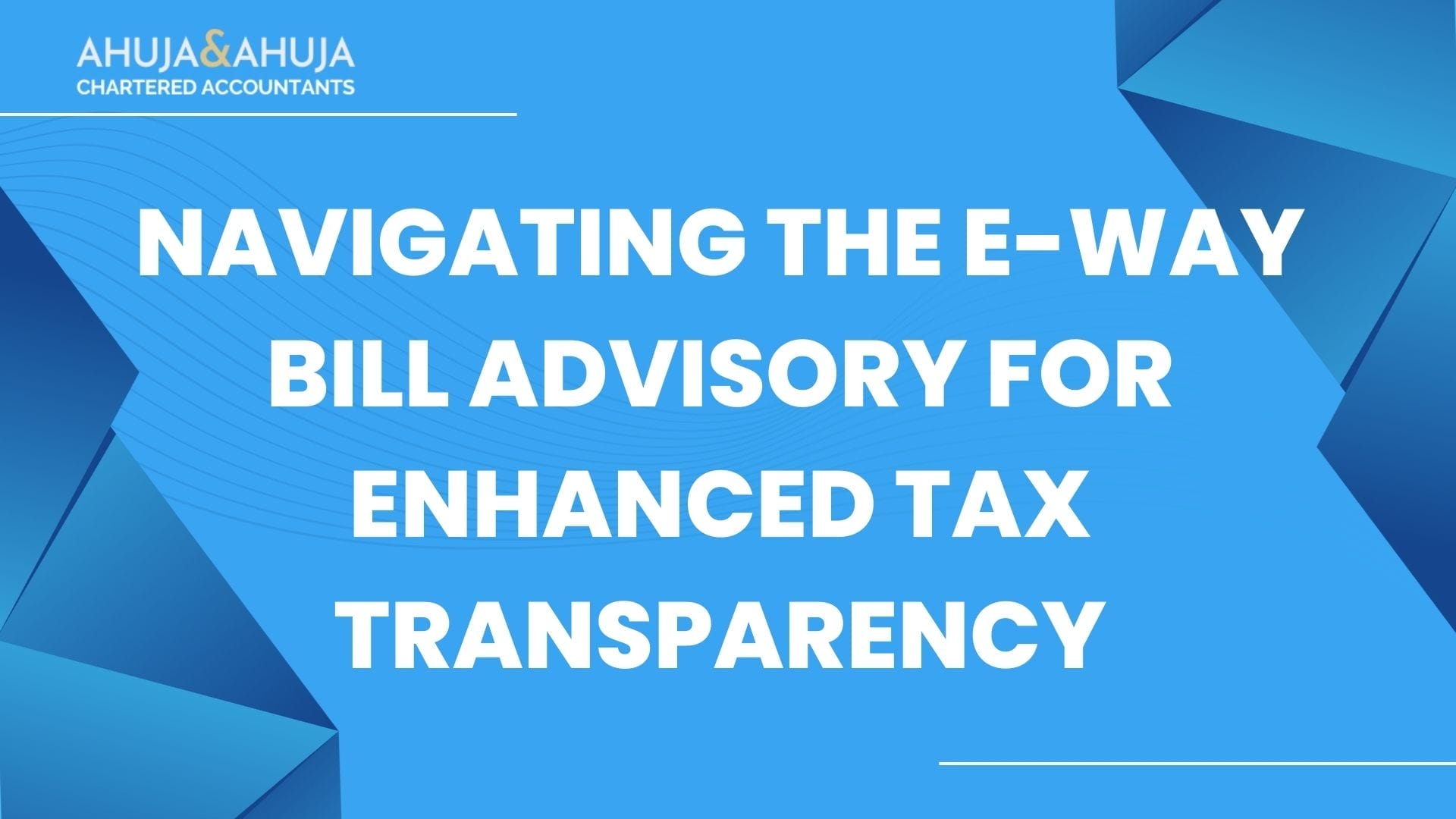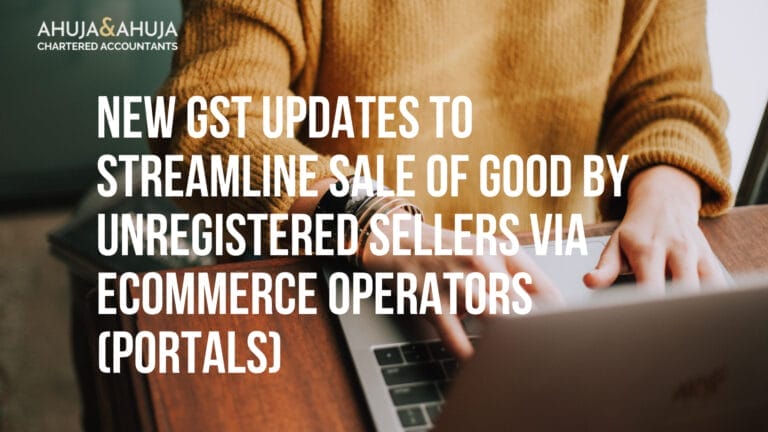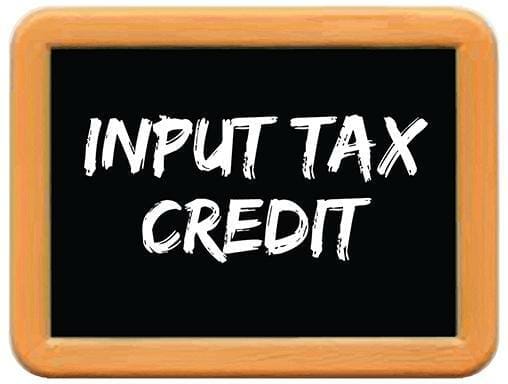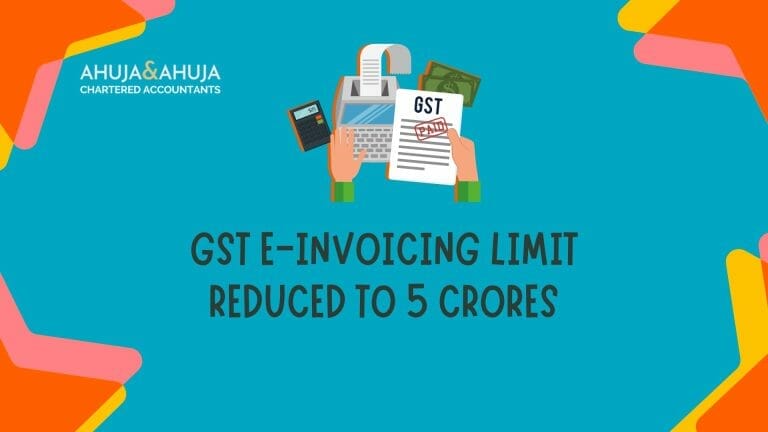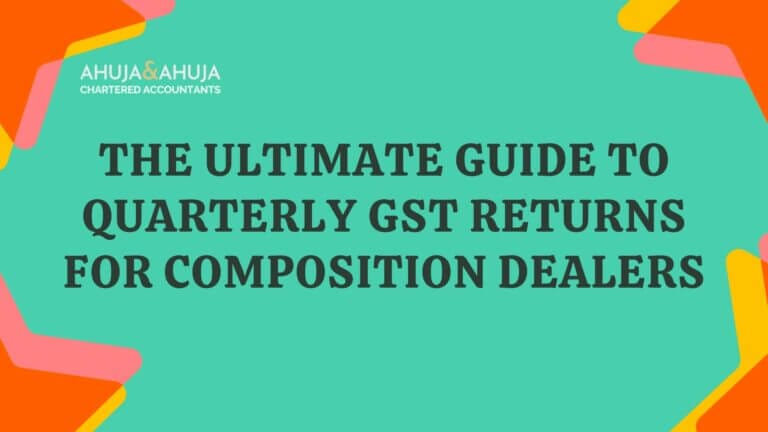Decoding the HSN Code Compliance: Navigating the E-Way Bill Advisory
Money, it is often said, makes the world go round. And in the intricate web of financial transactions, only one thing is as certain as death – taxes. Ensuring tax compliance can be a labyrinthine task, riddled with ever-changing legislations and mandates. The recent tax Notification no. 78/2020 Central Tax is one such change that warrants our attention. Released on October 15, 2020, this notification unveils significant modifications to the e-way bill requirements related to the Harmonized System Nomenclature (HSN) codes.
So, what are e-way bills and HSN codes? And why are they so vital to tax compliance?
The e-way bill, a key document under Goods and Services Tax (GST), rides alongside the transportation of any goods valued over Rs. 50,000. It acts as an assurance that the transport of these goods are in compliance with the GST laws. The HSN code, a globally standardised system of names and numbers for classifying traded products, is used in the e-way bill for describing the nature of goods being transported.
Background
The concept of compliance in the world of finance is not just about adhering to regulations. It is about structuring the flow of financial information in a way that’s harmonious with global practices and standards, which brings us to HSN codes. These codes are essentially numerical that reveal the identity of products, much like a universal language in trade and taxation. It simplifies the process of import, export, and levy of taxes on goods and services.
In India, taxpayers under the GST regime have been using HSN codes to classify goods in their invoices. The need for specifying HSN codes was determined based on the aggregate turnover of a business entity, with varying levels of detail required for enterprises of different sizes.
Why, then, has there been a shift? In essence, this update to the e-way bill requirements is a measure to further streamline the indirect tax system, harmonizing Indian practices with international standards. It aims to reduce the ambiguity that arises during the transportation of goods and enhance the compliance framework under the GST.
The importance of this notification cannot be overstated. It ensures greater transparency in the logistics of trade and enforces a systematic recording of transactions which, in the long run, benefits all stakeholders in the supply chain – from the manufacturers and suppliers to the ultimate consumers.
Detailed Breakdown of the Notification
The intricate tapestry of finance and taxation is ever-evolving. In keeping up with this evolution, Notification no. 78/2020 Central Tax introduced an update that pivots Indian taxation practices closer to international norms. Here’s what the latest amendment entails:
- For Taxpayers with an Annual Aggregate Turnover Greater Than 5 Crores (AATO > 5 Crores):
Previously, businesses of this size were required to furnish a 4-digit HSN code on all their B2B invoices. The new mandate now requires these businesses to provide a more detailed 6-digit HSN code for all B2B transactions as well as exports. This change aims at increasing the precision of product classification, thereby enhancing the accuracy of tax assessments and ease of trade. - For Taxpayers with an Annual Aggregate Turnover Up to 5 Crores (AATO ? 5 Crores):
Smaller businesses, which contribute enormously to the economy, are not left untouched by this revised regulatory framework. They are now mandated to include at least a 4-digit HSN code for all B2B transactions. This shift gears them up for better integration into the formal economy and prepares them for future compliance should their business grow.
Furthermore, this expansion in the detail of HSN codes is set to be enforced in the e-way bill system starting from February 1st, 2024. The phased rollout gives businesses sufficient time to adapt their billing and accounting systems to comply with the new requirements.
Why does this matter? Not only does this administrative update pave the way for a refined tracking system, but it also closes the doors for tax evasion by creating a more transparent environment for all B2B transactions. The increased level of granularity in product classification is set to create richer datasets, enhancing the government’s ability to monitor and regulate the market. For taxpayers, it’s a move towards more rigorous, albeit clear, documentation, mandates, and expectations.
Ensure your business is set for compliance by visiting Ahuja & Ahuja’s GST checklist for actionable insights and guides. Stay tuned as we explore the implications of these changes in the following segment of our article, providing you with a flashlight to navigate through the maze of compliance and efficiency.
Implications for Taxpayers
The reverberations of Notification no. 78/2020 Central Tax will be felt across the Indian business landscape. It’s imperative to dissect not only the compliance requirements but also the practical effects on operations, particularly for businesses across the turnover spectrum.
For larger enterprises, with the jump from 4 to 6-digit HSN codes on e-way bills, there’s an impending need to update ERP systems and retrain personnel to accommodate the finer classification. While this might seem onerous, the benefit lies in the long-term ease of doing business globally and potentially smoother tax audits due to higher specificity.
Meanwhile, smaller businesses must now tread a path they may have previously circumnavigated – that of detailed product codification. For some, this may introduce a new administrative strain, requiring a more meticulous approach in transaction recording. However, it equally heralds an era where these businesses begin to align with big-league trade practices, potentially opening up new market avenues.
Another critical aspect is the cross-referencing of data provided to different government departments. With the integration of this detailed data onto e-way bills, tax authorities possess a clearer view of the transactional landscape, thereby tightening the noose on discrepancies and tax evasion.
The overarching message here is clear: preparedness is key. Updating software, systems, and SOPs (Standard Operating Procedures) well ahead of the February 1st, 2024 enforcement date is not a mere suggestion; it’s a strategic maneuver for seamless business continuity.
Ways to Ensure Compliance
As new HSN code requirements loom on the horizon and the calendar pages turn swiftly towards February 1st, 2024, businesses are required to gird their loins for what promises to be a significant shift in tax documentation practices. The key to navigating this change is advance preparation and streamlining processes to avoid the last-minute rush. Here’s how you can ensure your business is compliant:
1. Software Upgrade: Ensure that your accounting and invoicing software is capable of handling the new HSN code requirements. If necessary, upgrade to versions that support the automated inclusion of the correct number of HSN digits.
2. Staff Training: Educate your staff about the new requirements. Particular attention should be given to those involved in billing, finance, and operations to acquaint them with the more detailed classification system.
3. Vendor Coordination: Communicating with your vendors is vital, as consistency in the HSN codes used across the supply chain is imperative.
4. Early Adoption: Do not wait until the deadline is upon you. Test the waters by adopting the new system well before the enforcement date to catch and rectify potential issues.
5. Compliance Checklist: Adopt a robust GST checklist and action plan, similar to the resources provided by Ahuja & Ahuja. This ensures nothing falls through the cracks as you bring your processes in line with the updated regulations.
6. Advisory Consultation: If needed, consult with tax professionals who can provide tailor-made advice for your business’s unique requirements, ensuring compliance while minimizing disruptions.
7. Regular Monitoring: Keep abreast of any further developments or clarifications issued regarding the e-way bill and HSN code practices. Tax regulations are dynamic, and staying updated is paramount.
Compliance is not just a matter of following rules; it can also offer significant business insights. A well-implemented HSN coding system can lead to better inventory management, clearer financial data, and improved supply chain efficiency.
Conclusion
With all these insights, our journey through the intricacies of the e-way bill advisory and the ramifications of Notification no. 78/2020 Central Tax nears its destination. To recap:
- Businesses with an AATO above 5 crores will now report a 6-digit HSN code, and those with an AATO below 5 crores are required to report a 4-digit HSN code on all B2B and export transactions.
- The enforcement of this updated mandate in the e-way bill system is set to start on February 1st, 2024, granting businesses a window to get their ducks in a row.
- The implications for businesses involve updated software systems, staff retraining, vendor alignment, and ensuring full preparedness well before enforcement comes into play.
- Staying updated on changes, regular monitoring, and seeking professional help can lessen the burden of this transition.
The change might seem daunting at first glance, but it brings with it a promise of better trade practices, enhanced compliance, and potentially, a smoother interface with global markets. Embrace the change with preparedness and a strategy, and the transition can be as seamless as a well-kept ledger.
We hope this article has illuminated the path to understanding and complying with the new HSN code requirements in your e-way bills. Your business’s ability to adapt to these changes not only reflects your commitment to compliance but also showcases a resilience that is the hallmark of successful enterprises.
FAQs
Here’s a section with frequently asked questions to aid in further understanding and to address common queries:
What is an HSN code?
HSN stands for Harmonized System Nomenclature. It’s an internationally accepted standard for classifying goods in trade, which India has adopted for GST.
Why are there changes to the HSN code requirements on e-way bills?
The changes aim to align with global trade practices, enhance the preciseness of tax assessments, and make the entire supply chain more transparent.
If my business has an AATO less than 5 crores, am I affected?
Yes, you are now required to include a 4-digit HSN code for all B2B transactions. This modification intends to integrate your business into a more structured economic framework.
What steps should I take for my business to comply with these changes?
Upgrade your software to handle the new HSN code requirements, train your staff on the updated codes, coordinate with your vendors for consistency, adopt the changes early, and possibly get expert advice to ensure seamless compliance.
Will this change affect the rate of taxation on goods?
No, this does not directly affect the tax rates but will align your products with proper tax slabs more accurately due to precise classification.
Does this update apply to both goods and services?
The HSN code update specifically applies to goods. Services are classified under a different system known as the Service Accounting Code (SAC).
Are there any exemptions from these HSN code requirements?
Certain goods and transactions may be exempt from detailed HSN codes based on past notifications and the GST rules. It’s advisable to consult with a tax expert or refer to the latest GST rules for specifics.
Disclaimer
The materials provided herein are solely for educational and informational purposes. No attorney/professional-client relationship is created when you access or use the site or the materials. The information presented on this site does not constitute legal or professional advice and should not be relied upon for such purposes or used as a substitute for professional or legal advice.

